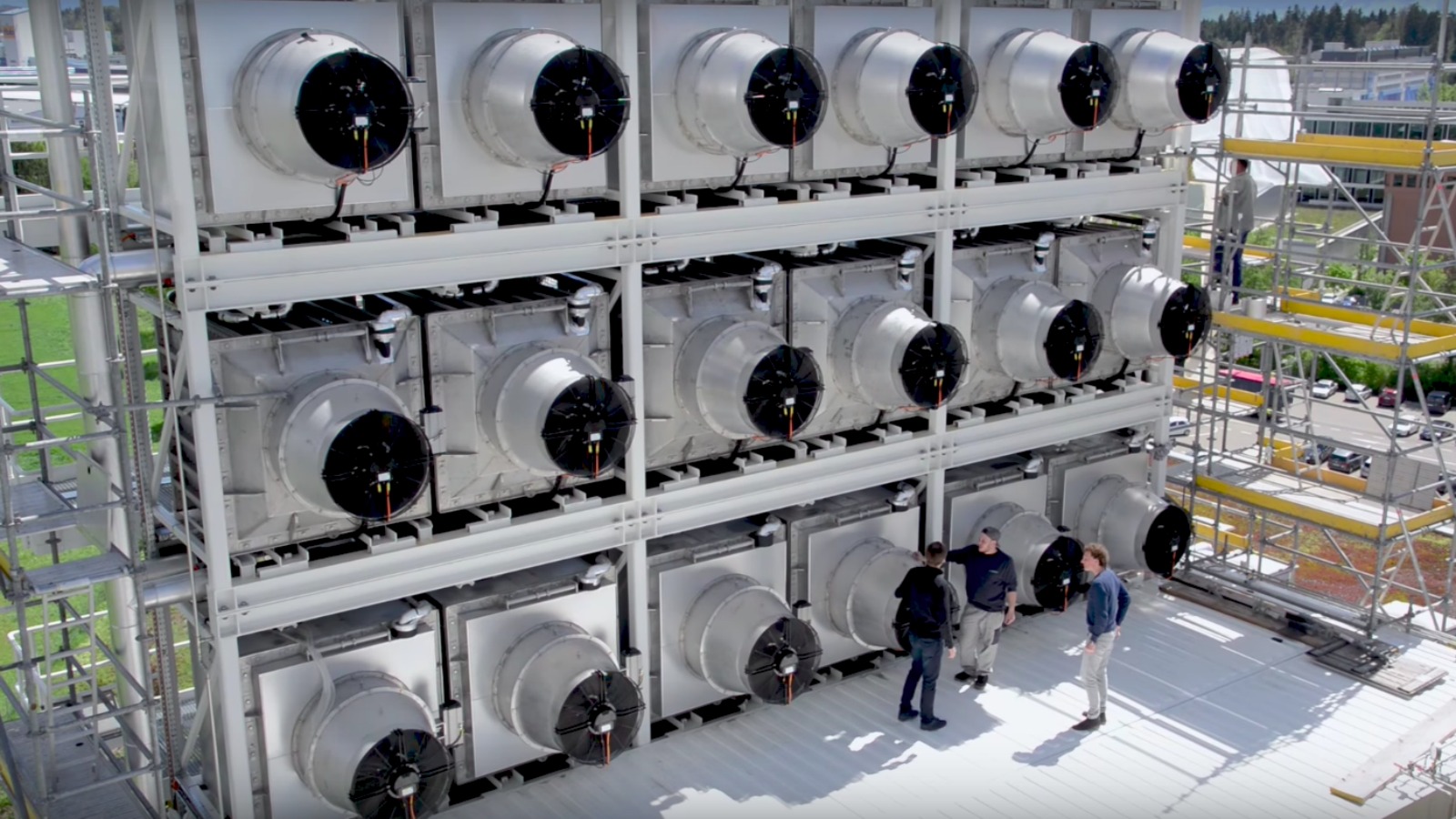We know we're right now pumping as well much carbon dioxide into the air. But wouldn't it be astounding if we seem discover a new way to suck those CO2 from the air and send it undergrounds? Climate researchers are presently saying that without such innovations, we won't hit our climate targets. Currently, more and more governments are supporting this idea of capturing carbon dioxide from the air.
This idea to capture carbon is one or two of decades old. It was first utilized by the US Naval force to cleanse the air inside their submarines and space shuttles that's filled up with carbon dioxide from the breath of soldiers and space explorers. Have you seen the film Apollo 13? Yes, that kind of carbon capture but it's like a C02 Scrubbing System. In fact, today’s carbon capture innovation is essentially this kind of carbon dioxide scrubber, which is much larger than what they have in Apollo 13.
So here's how this works: To begin with, the polluted air is sucked into the industrial system through the inner fans. At that time, it is already cleaned from pollutions. After that, it is transported towards the absorption plant where it is cooled. After cooling, it is sent through a liquid solvent that assimilates CO2, which is at that point moved further into the plant for processing. Amidst the handling, a few clean air, which consists of only water vapor is sent back into the air. The CO2 is then later stripped out of the solvent and can be utilized to form other products. In other cases, it is used to heat greenhouses or actually used as fuel.
The Point Source Capture is the most common way of capturing carbon dioxide from the air. It is done by capturing CO2 right at the source of the pollution. Generally, these are enormous oil company refineries and industrial facilities. In those industrial facilities, they burn coal, and they strip the CO2 out of the emitted smoke, and redirect it to the connecting soda ash manufacturing plant in a nearby plant. Hundreds of small-scale facilities around the world are doing this as of now.
Another way of carbon capture is Direct Air Capture, where huge fans at the top of the plant suck huge sums of polluted air directly out of the atmosphere. There are as of now 15 direct air capture plants working around the world, capturing more than 9 000 tons of CO2 per year but the experts say the potential of this technology is tremendous. Indeed, on the off chance that the CO2 is emitted once more, as when it is being burned through cars and other manufacturing plants, it is now considered as 'carbon neutral' since it hasn't been included to the CO2 that would have entered the air.
The better thing to do with the environment is to prevent emissions from ever entering the air. So, companies are presently working to inject carbon deep into the ground. It is called Sequestration, where they store carbon into the ground so that they can preserve it there indefinitely. This is considered as 'carbon negative' since you're removing carbon from the atmosphere.
In case you're wondering, we have the original carbon suckers: the trees. Why do we need these carbon capture facilities? Well, yes, they can play a role in cutting down CO2 in the air but the space and water required to grow the number of trees required to capture tons of CO2 in the air is just wasn't worth it. Yes, they can play a part with carbon capture, but only on a fractional part.
The Canadian company Carbon Engineering is planning to launch the biggest commercial carbon capture plant by 2022. They are expected to capture 1 million tons of carbon dioxide from the air a year. Currently, the capture company in direct discussion captures 9,000 tons of carbon dioxide annually worldwide.
Effectively, it could be a solution that works. The science is evident that we have to be actively removing carbon from the air. But without public support or government incentives, these technologies will stay in the hands of private investors, which will only go where the profits are. To keep the technology going, we need to ensure a clever combination of incentives from non-oil companies, taxing polluters, and pricing CO2 higher.





Comments
Post a Comment